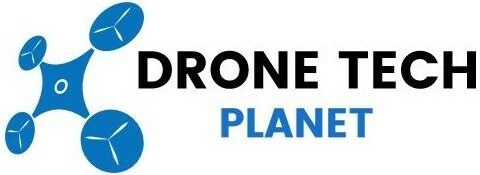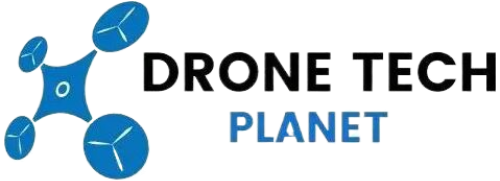Can Drones Work in Space?
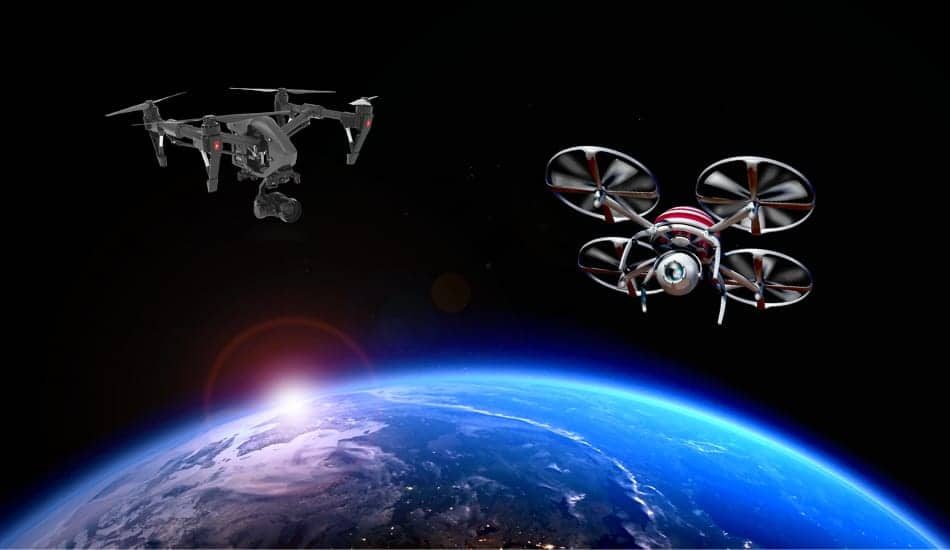
Drones have been used on Earth for decades to explore every corner of our planet and now another challenge they are charged with is Space exploration. NASA has been preparing for these endeavors for many years, and is developing technology that will allow drones to explore space. The NASA Kennedy Space Center has revealed to the public that they are working on ways to train drones and robots on missions where rovers cannot reach, and drones will take on their role.
So Can Drones Work in Space? YES, but drones used on Earth cannot be used in space due to lack of air. Therefore, the technology that allows drones to fly on the Earth cannot be applied in Space as well, so NASA is using different types of drones that drive through jets of oxygen gas or water vapor to move around. This is currently the only way drones are working in Space.
Explanation Of How Drones Work in Space
Drones, they are used on Earth and they are fast, flexible, move in all spaces and require very little energy. The main disadvantage of drones is that they work only within the atmosphere, and their principle of operation cannot be used in space. The NASA-affiliated Kennedy Space Center is working on a prototype drone that can operate outside of atmospheric environments, and would charge by returning to its mother ship. The classic rovers that have been in use for years may not reach all places on the planets, especially those places that are at an angle of 30 degrees or more, as well as steep sites or volcanic sites that are full of holes.
These drones would use gas nozzles or water vapor instead of rotors used for movement, and would fill up taking that same gas on that planet or asteroid they were exploring. They would have the ability to store enough fuel that they could get to their default location. Swamp Works began testing these models, where they went from classic larger models to tiny palm-sized prototypes. The purpose of this innovation lab is to find new solutions that will be much more efficient than previous ones.
NASA is Working on Drones That Can Fly in Space
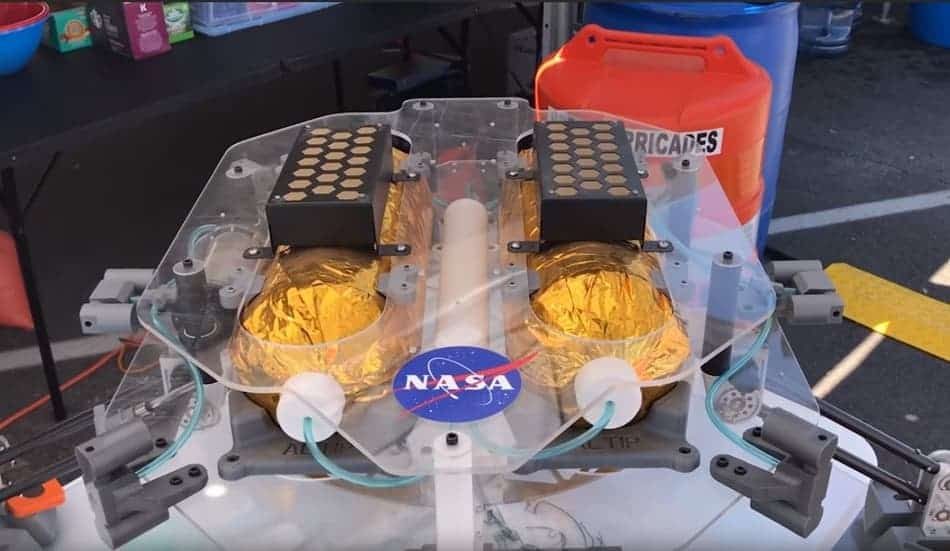
For many years, NASA has been working to improve its technology, which is based on exploration of other planets, and they already have available drone technology that is used for such missions. But the biggest problem is that drones on Earth can’t be used the same way they do in space, because they don’t have the ability to push air, which creates a thrust, which is also the 3rd Newton’s Law. But if we take as an example a moon that has a very low gravity and a very low air density, it will cause a lot of problems to create thrust, keeping that drone stable in the air. If you want to know more, read my article about: Can a Drone Reach Space.
But when it comes to the universe itself, that is, the space between the planets, there is no air at all so that the thrust required to keep the drone on some desired path would not exist. As an example, we could see Elon Musk and his experiment which he did with his Tesla RoadSter which he launched into space, and that model moved along the path he gave him, and after that it no longer had any effect on changing direction.
What Happens When a Drone Is Put In a Vacuum?
We know that there is no air in the Space, and drones need air to fly, while rockets, on the other hand do not need air for launch. So what would happen if we took all the air out of the chamber? The drone will no longer be able to fly because there is no air resistance, by which the drone creates thrust to stay in the air. But the key feature of that is you actually need air to make that happen?
We could see that if you launch a rocket in the atmosphere or outside of the atmosphere it will still fly and go forward. When the first rockets were being built and no one had ever gone into outer space before, scientists knew due to the physics that the rocket should still be able to fly forward into space.
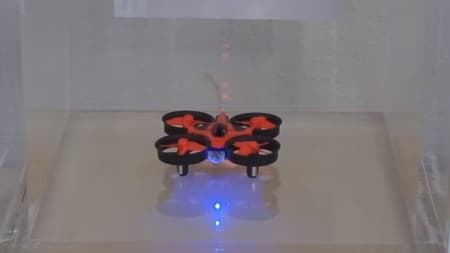
Why NASA is Interested in Drones?
First of all, we can say that NASA is a US agency that is closely related to research aviation. Because of this, NASA is conducting numerous research not only in area of space but also on all forms of aeronautical aviation to enable us all to fly safely, both now and in the near future. This is exactly why NASA is increasingly focusing on drones and their research. Drones allow you to perform dangerous and sometimes tedious tasks. These drones would have special applications with certain benefits that would be used in an emergency cases, when delivering packages, monitoring traffic, supervising construction work and similar jobs. When we look at the bigger picture, we can see that the air traffic management system, which is quite complicated to take over drones, will allow much easier transportation from point A to point B. So NASA will conduct detailed research where all the information about drones and passengers will be collected , and will be monitored to obtain as many tests as possible. Therefore, NASA’s primary goal for the future is to make autonomous passenger transportation.
NASA’s Drone Traffic Management Project
We can safely say that the commercial use of drones has been growing for a few years; everything from agriculture, urban areas, up to construction and rescue. As of 2015, NASA has launched a project to explore new capabilities that drones can provide. The number of commercial drones registered in the US is projected to exceed one hundred thousand in 2020, while more than 2 million will be used for recreational purposes. NASA is trying to create a system that will allow security control of these drones, with some regulation. The various projects and technologies that will be used in such systems are being tested. UTM is a project used to manage the traffic of drones and pilots. If this project proves reliable, we could witness a new type of air traffic, which will slowly replace that of classic car traffic.
NASA is working on an unmanned aerial vehicle management project for the purpose of a research center located in California’s Silicon Valley. The main objective of this project is to study and determine the rules of what can be done in low altitude airspace. NASA is also working with the FAA to share results, technologies and tips that can be aligned on the new laws. UTM collects information related to vehicle technology, software, and other parameters to determine information for drones as well as their pilots who coordinate them. They allow users to have mutual access to data through the FAA and other public entities.
